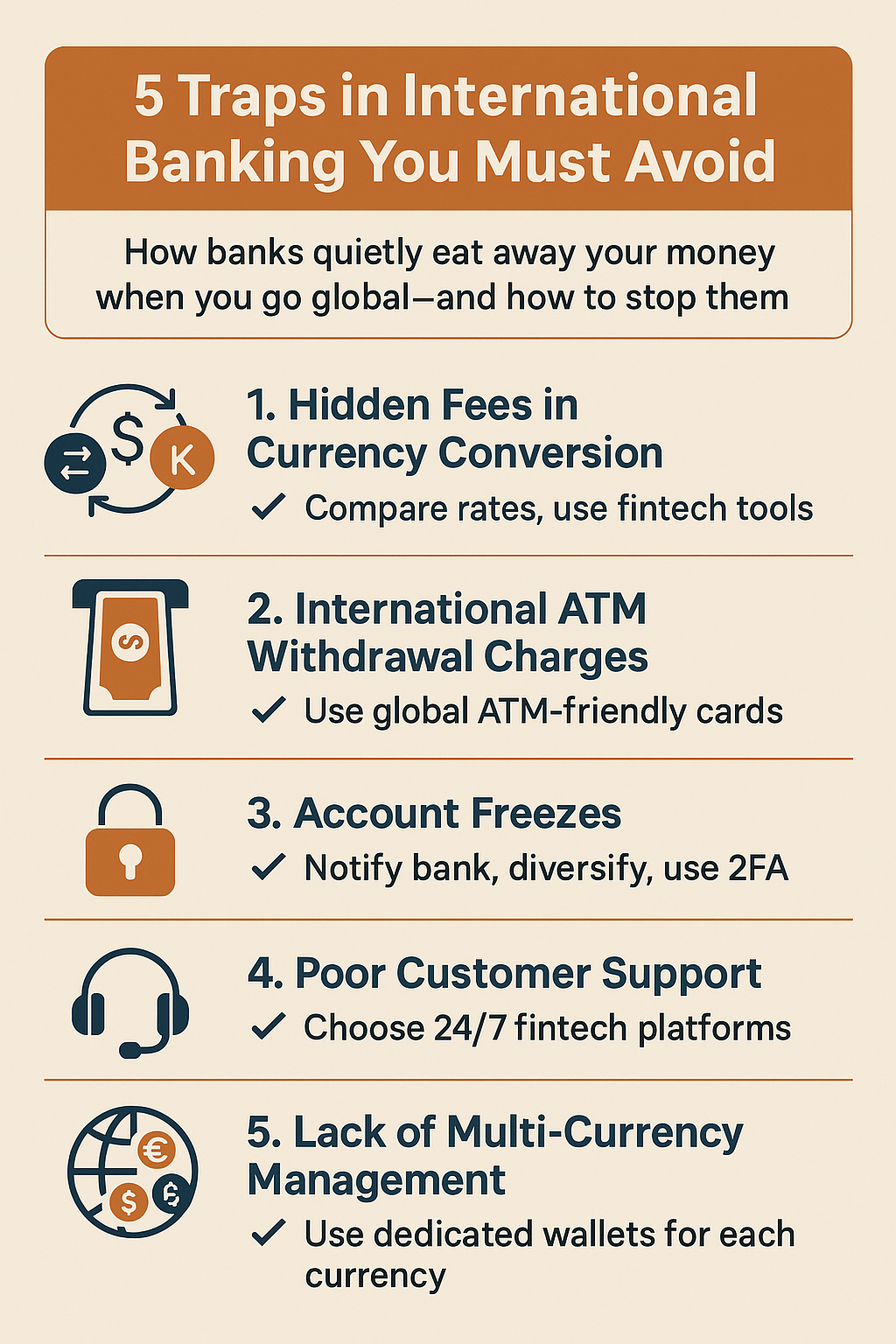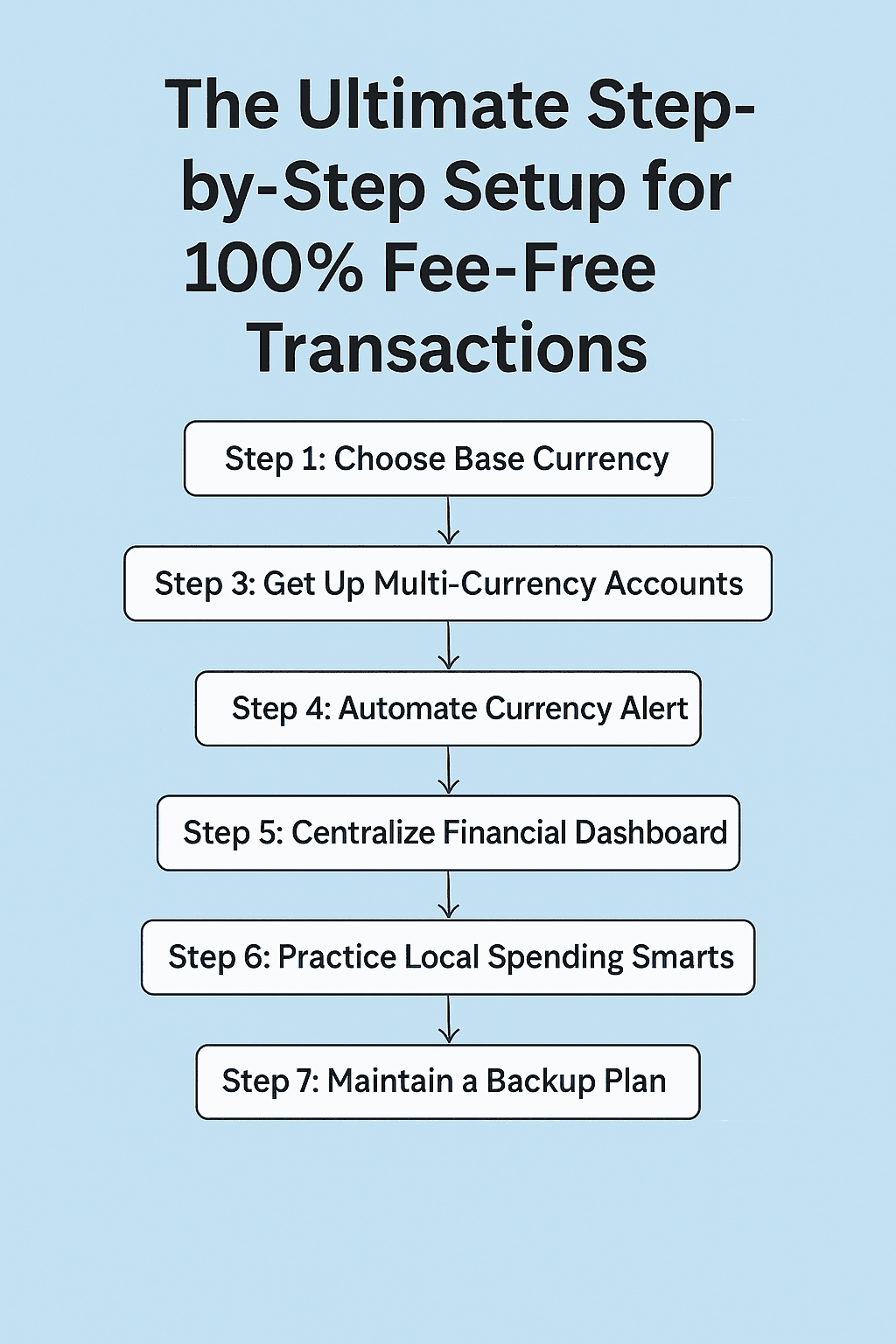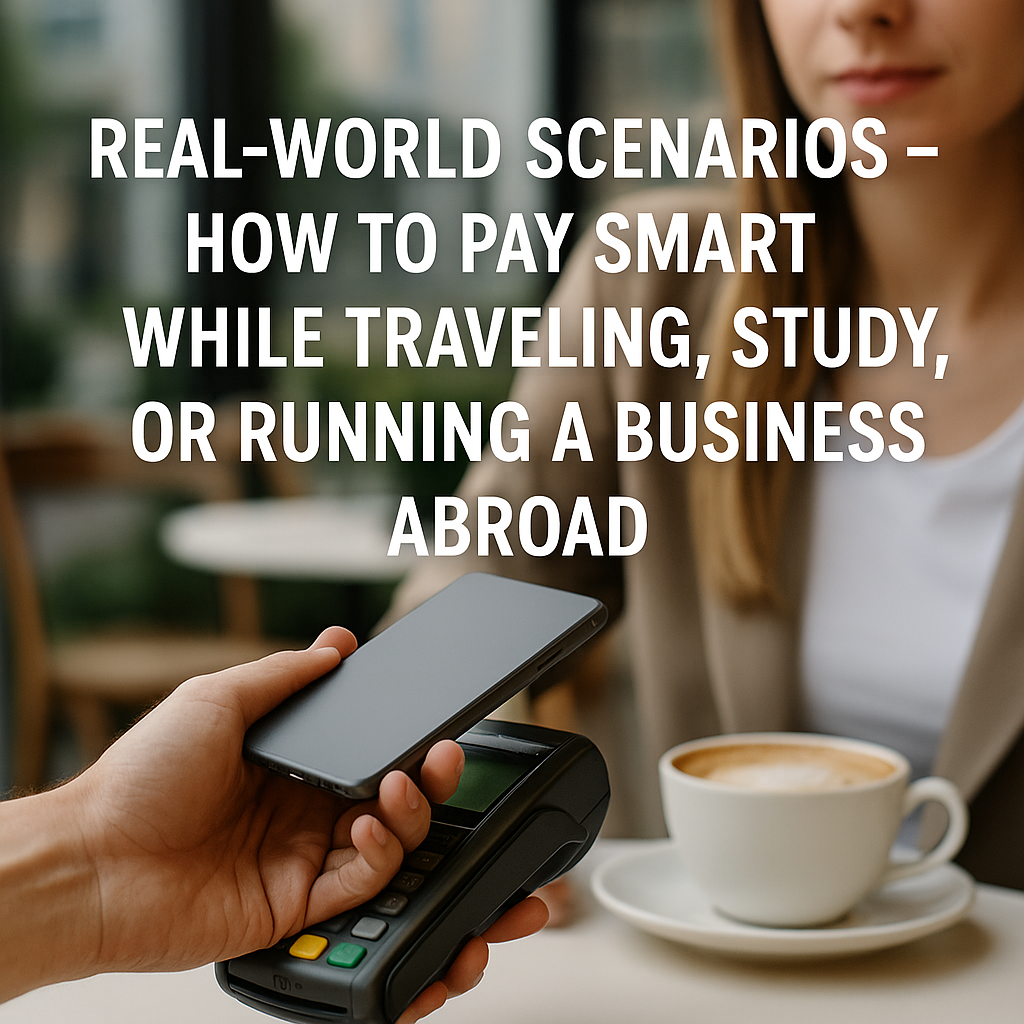Introduction:
Traveling in 2025 is more than just booking flights and hotels — it’s a fully digital experience. With a smartphone in hand, you can now manage your itinerary, convert currencies, find hidden local gems, avoid travel scams, and even save hundreds of dollars. But to get the most out of your travels, you need the right tools. In this article, we’ll introduce five of the most essential mobile apps every traveler should have installed in 2025. These are not just helpful — they’re game-changers.
1. TripIt: The Ultimate Itinerary Organizer
What it does:
TripIt scans your email inbox for confirmation emails from airlines, hotels, car rentals, and activities, then compiles them into a clean, single itinerary. You’ll never have to search through your inbox again.
Why it matters in 2025:
With increased flight delays, cancellations, and last-minute changes in travel regulations, having a centralized travel plan is more important than ever. TripIt helps travelers stay organized and adapt quickly.
Pro Tips:
- Use the TripIt Pro version for real-time flight alerts, gate change notifications, and seat tracker tools.
- Sync it with your calendar so your day-to-day itinerary is visible without opening the app.
- Share your plans with travel companions with one click.
Real Example:
A digital nomad flying from Berlin to Bali with multiple layovers can avoid missing flights by getting instant alerts and airport navigation through TripIt.
2. Google Maps: Your Offline Travel Companion
What it does:
Google Maps isn’t just about directions anymore. It’s your complete travel companion — helping you discover restaurants, reviews, local businesses, landmarks, and transit systems.
2025 Upgrades:
- Indoor AR navigation in large airports and malls
- Crowd density data to help you avoid crowded spots
- Real-time eco-friendly route suggestions to reduce emissions
Offline Power:
Before your trip, download an entire city or country map. Once downloaded, you can search, navigate, and even use turn-by-turn directions — all without internet.
Travel Scenario:
A traveler in Tokyo without a SIM card can still get to their hotel from the airport using only Google Maps’ offline mode.
3. Wise (Formerly TransferWise): Multi-Currency Wallet and Card
What it does:
Wise lets you hold, convert, and spend money in over 50 currencies. It gives you local bank account details in multiple countries and provides an international debit card you can use anywhere.
Why it’s a must:
Foreign transaction fees and bad exchange rates can cost travelers hundreds. Wise eliminates those hidden costs and helps you manage global finances transparently.
Notable Features:
- Real-time exchange rates
- Virtual card support for online purchases
- Works with Apple Pay and Google Pay
- Low-cost global transfers
For Digital Nomads:
Receive payments from clients in USD or EUR, convert to your home currency with minimal fees, and spend locally wherever you are — all in one app.
4. Hopper: Price Predictor for Flights and Hotels
What it does:
Hopper predicts the best time to buy flights and hotels using AI and big data. It tells you when to wait and when to book to save the most money.
New in 2025:
- Carbon emissions filters
- Integration with train and long-distance bus networks
- Hotel cancellation risk analysis
- Travel insurance add-ons within the app
Best Use Cases:
- Backpackers planning a multi-city trip in Europe
- Families looking for affordable hotel deals with flexible cancellation
- Frequent flyers timing their bookings for business travel
Pro Tip:
Set up multiple “watchlists” for your favorite destinations and receive instant push alerts when prices drop.
5. PackPoint: The Smart Packing Assistant
What it does:
PackPoint generates a customized packing list based on the length of your trip, destination weather, planned activities, and even laundry availability.
2025 Features:
- Health alerts based on destination (e.g., COVID, malaria zones)
- AI-powered clothing suggestions based on cultural norms
- Luggage weight estimation to avoid airline baggage fees
Travel Hack:
Avoid overpacking by only including items needed for that specific weather and activities. You can share your list with travel buddies or export to a printable version.
Example Scenario:
For a 10-day trip to Thailand in the rainy season, PackPoint reminds you to pack a waterproof bag, insect repellent, and flip-flops — things you might forget otherwise.
Bonus Tip: Why These Apps Outperform the Rest
Many travel apps come and go, but the five listed here are constantly evolving with technology, user feedback, and global trends. Unlike one-off tools or gimmick apps, these five are built for longevity and real-world practicality. In addition:
- They’re all available on both iOS and Android
- They offer either free versions or low-cost upgrades
- They are tested and trusted by millions of global travelers
Final Thoughts:
No matter where you’re going in 2025, traveling without the right apps is like trying to explore a city without a map. These five apps — TripIt, Google Maps, Wise, Hopper, and PackPoint — form the ultimate digital travel toolkit. They save time, reduce costs, minimize stress, and unlock experiences you might otherwise miss. Install them before your next trip, and you’ll feel like you brought a personal travel assistant in your pocket.









